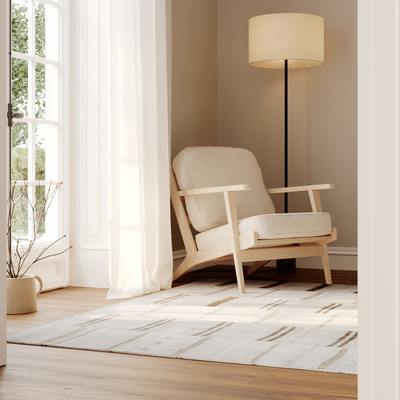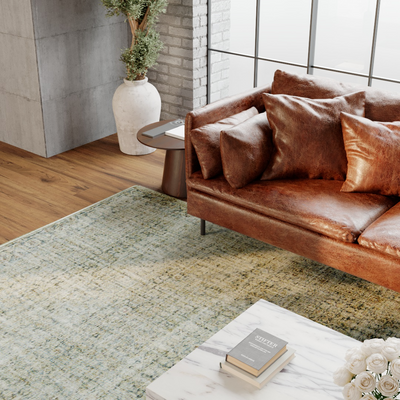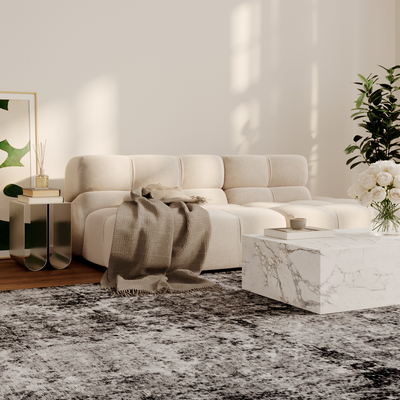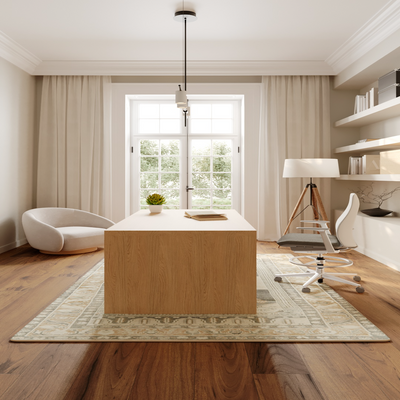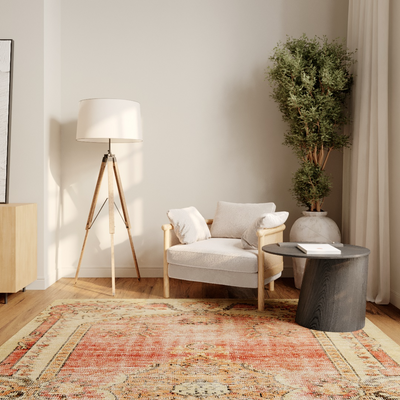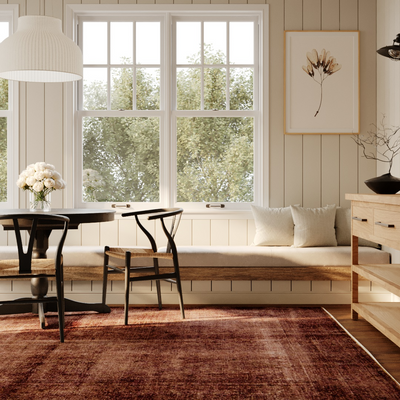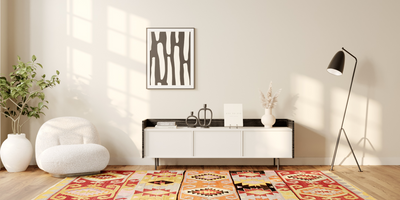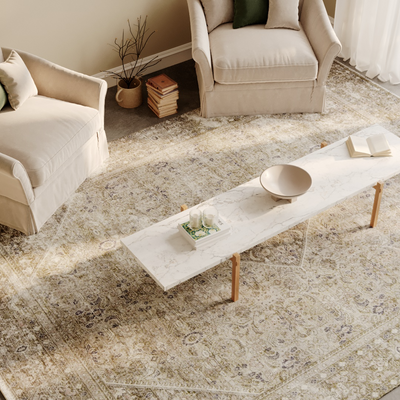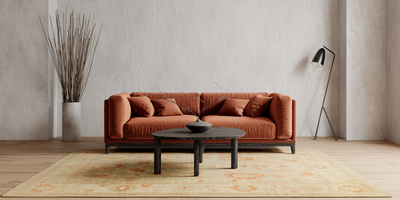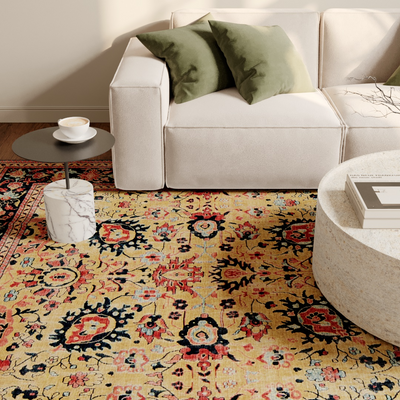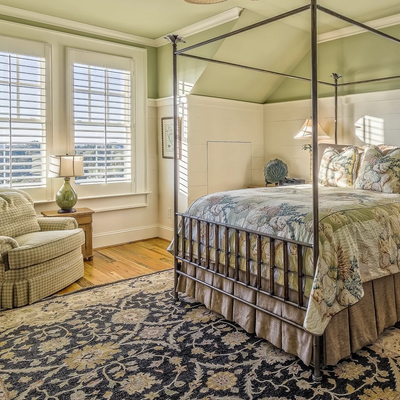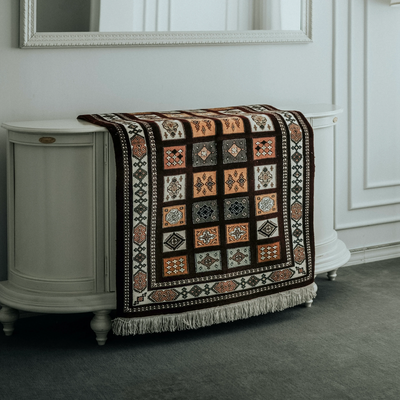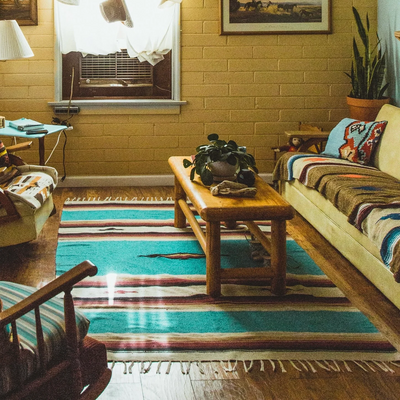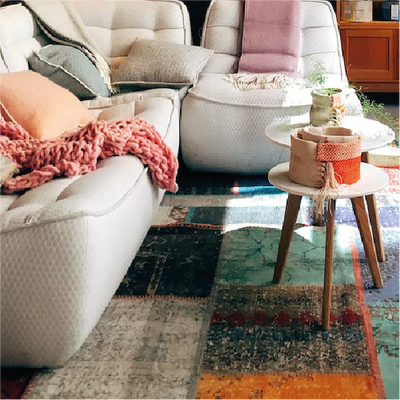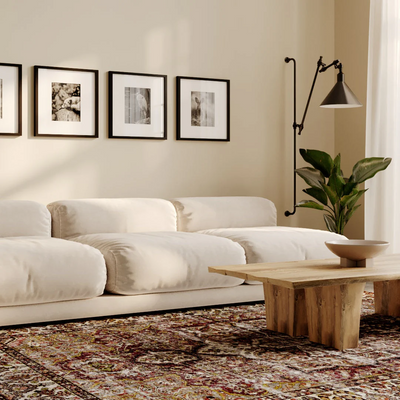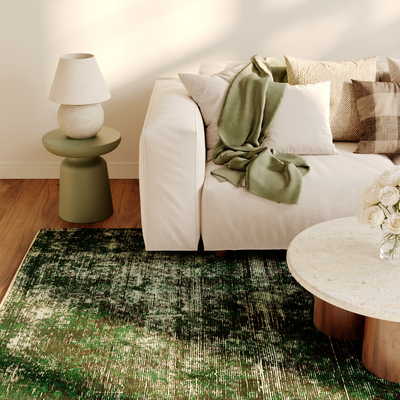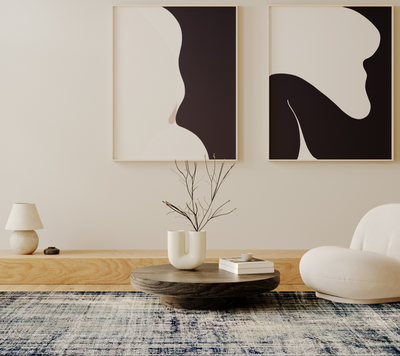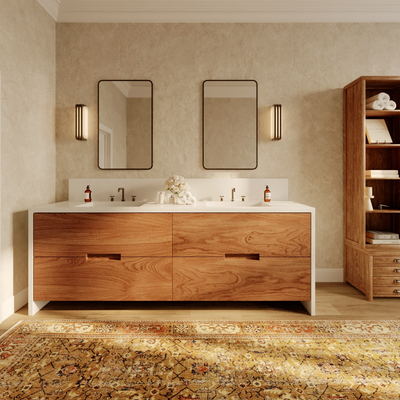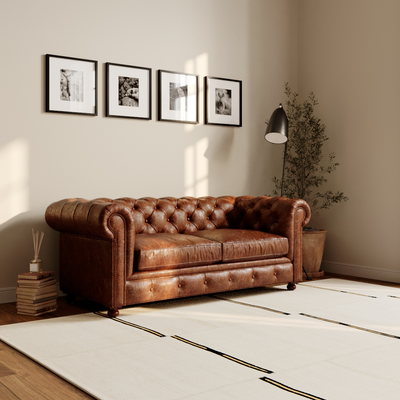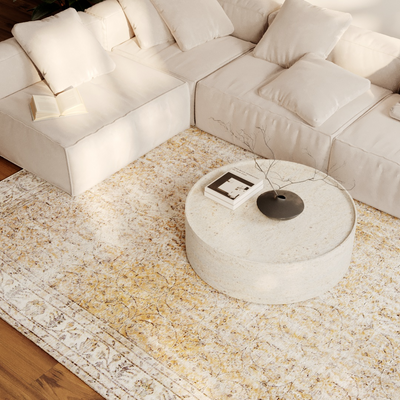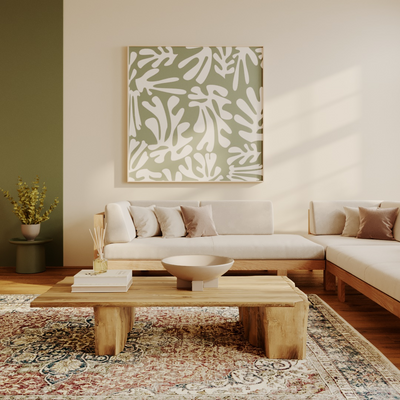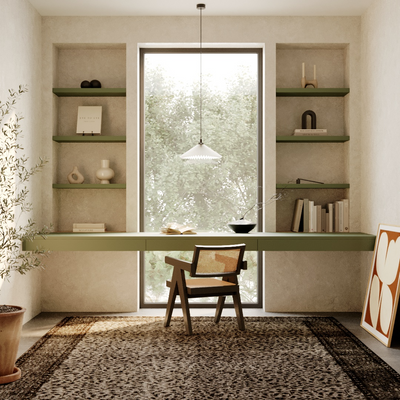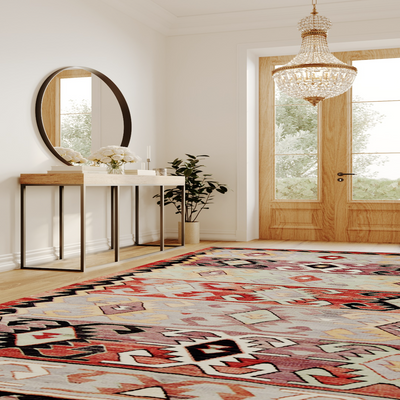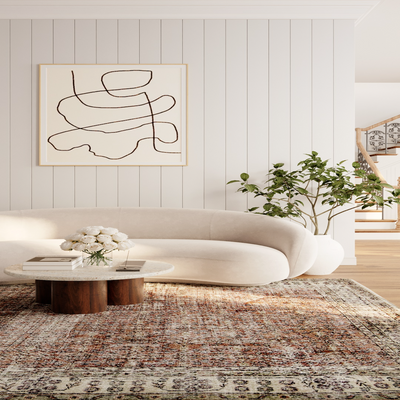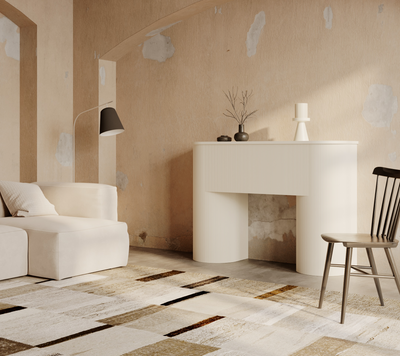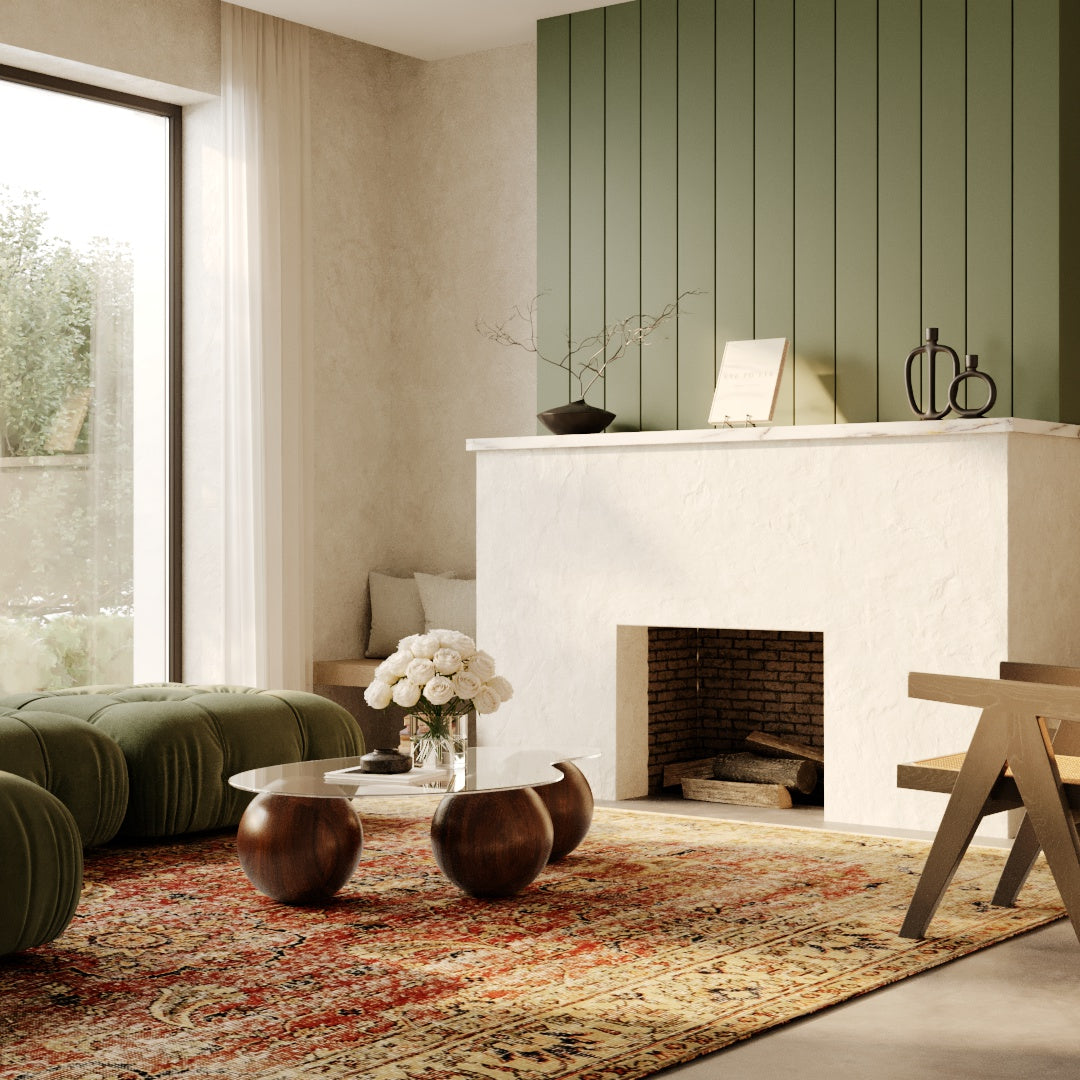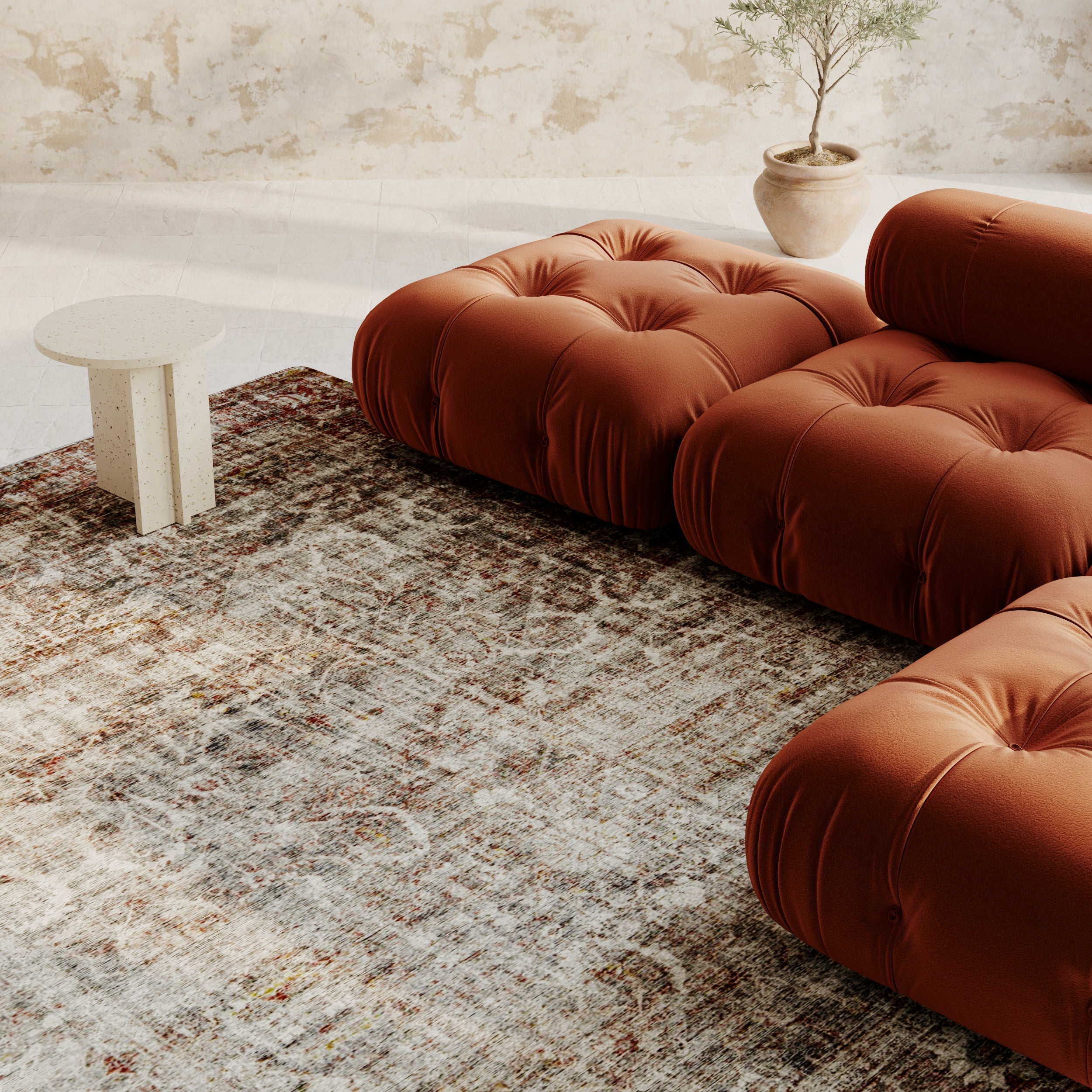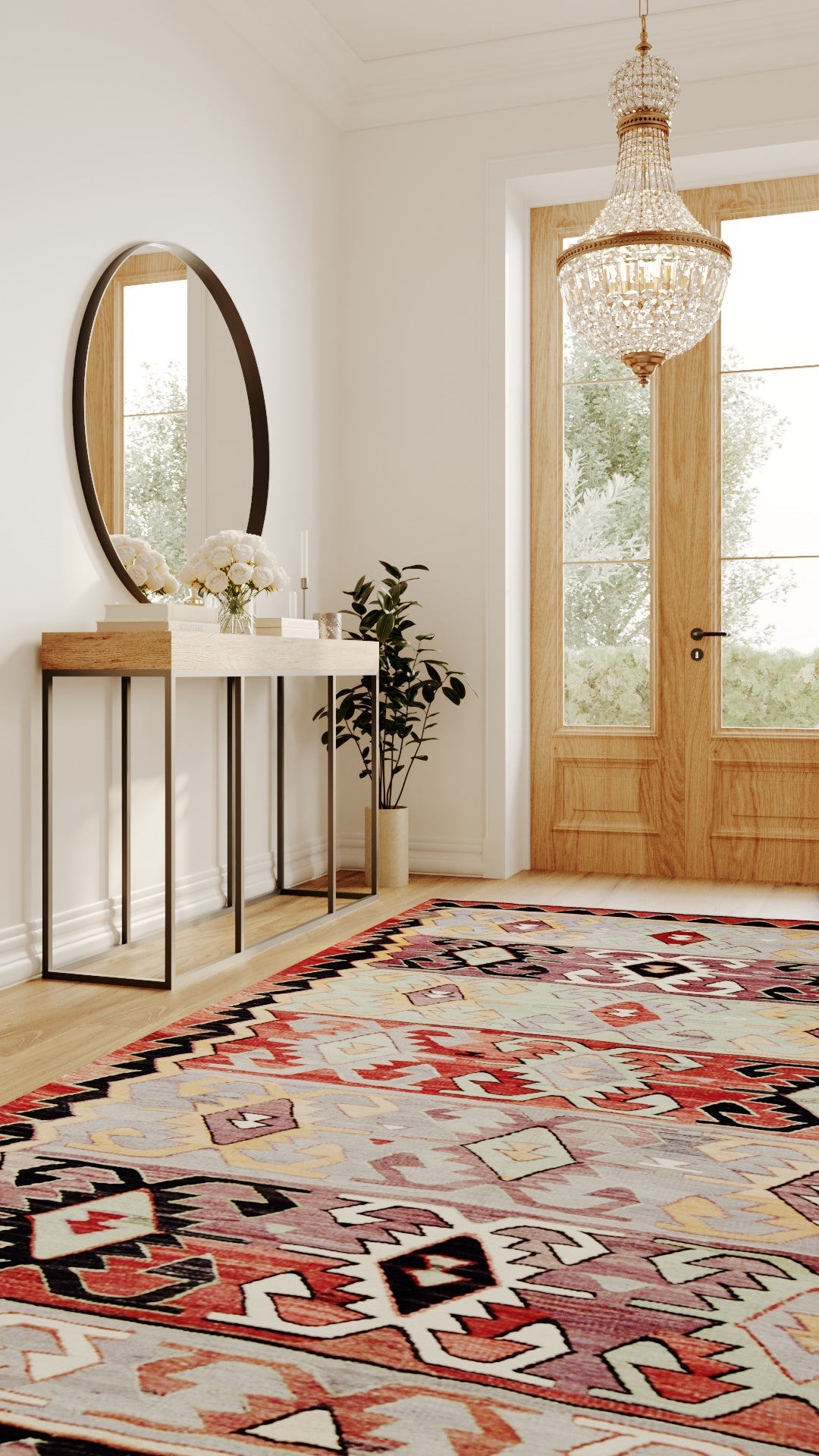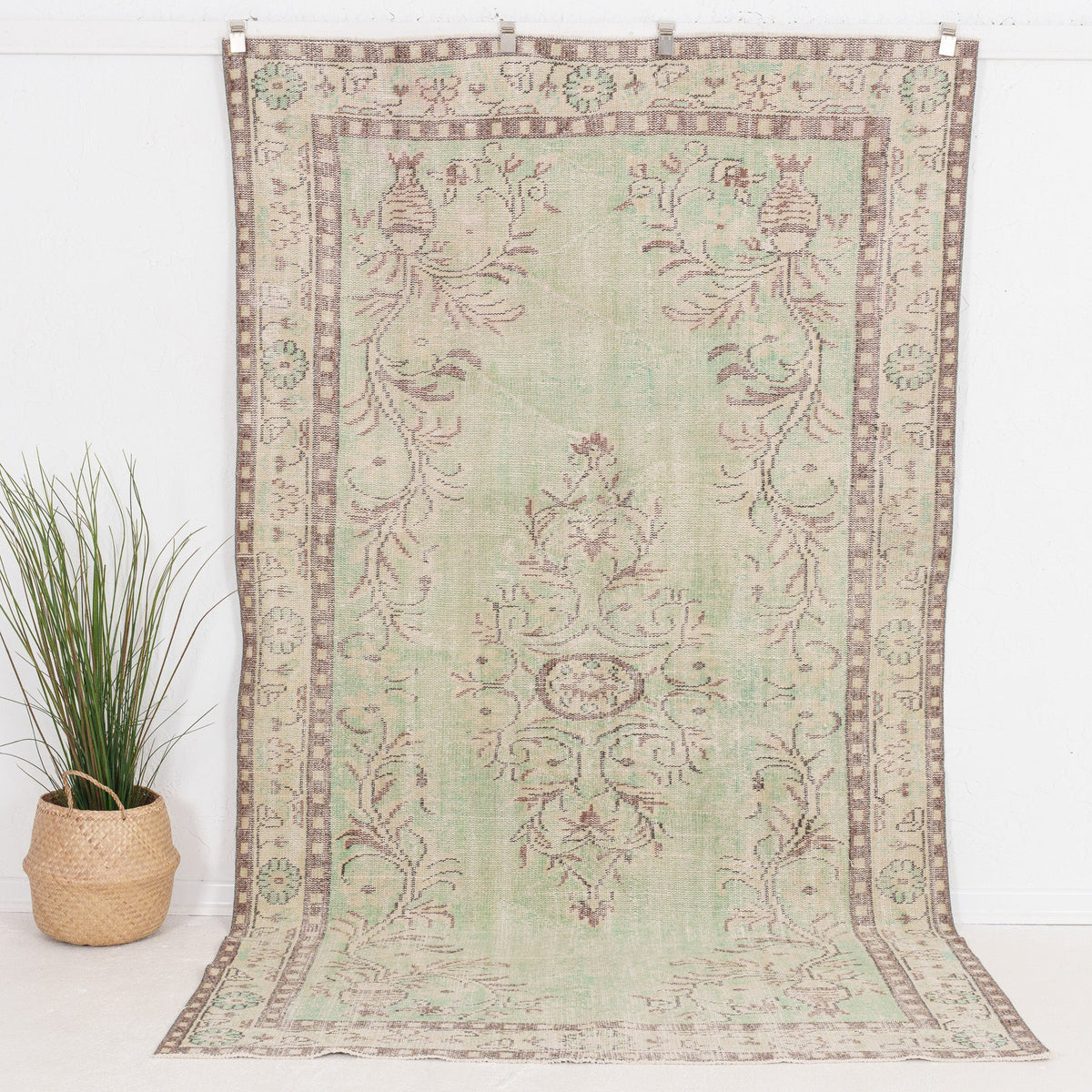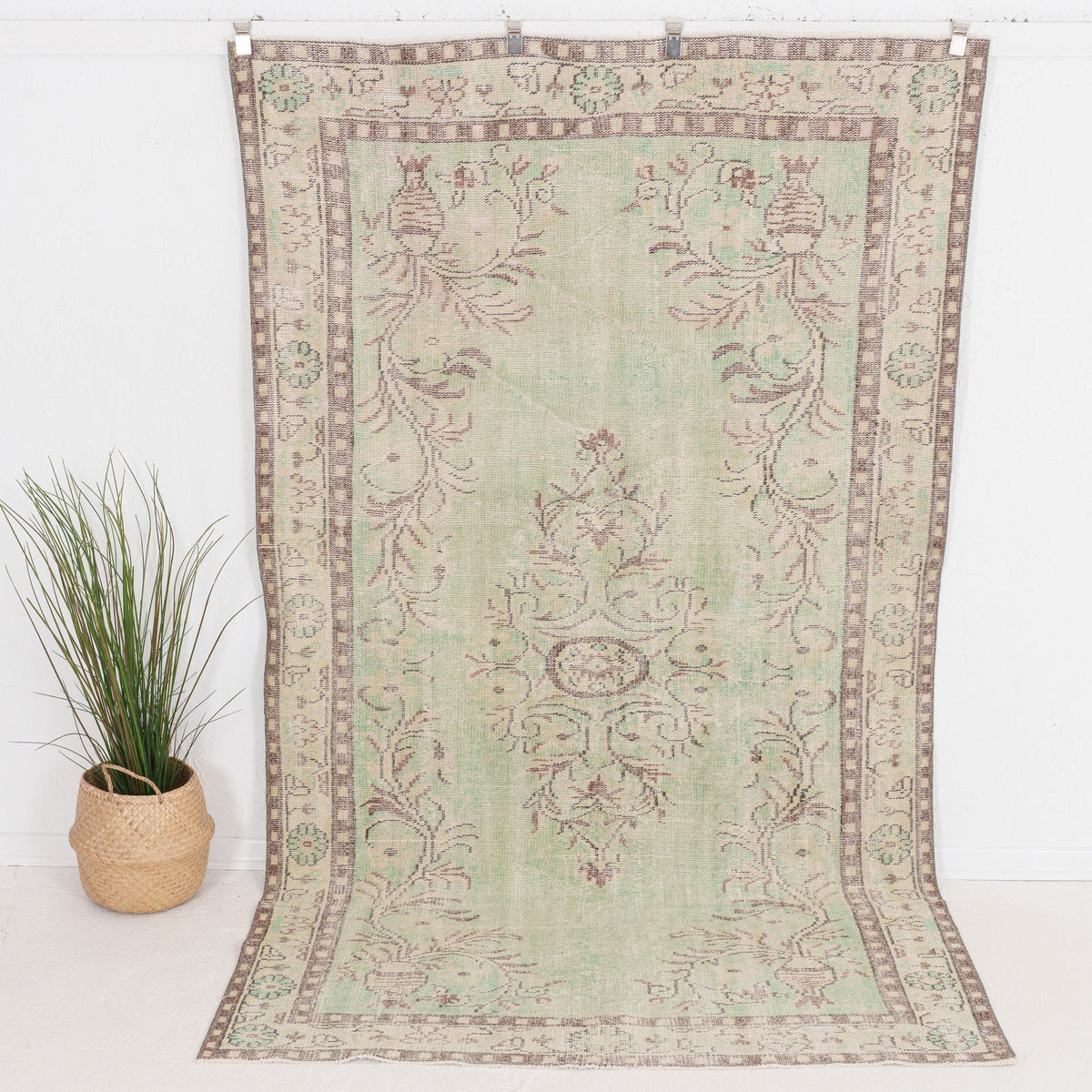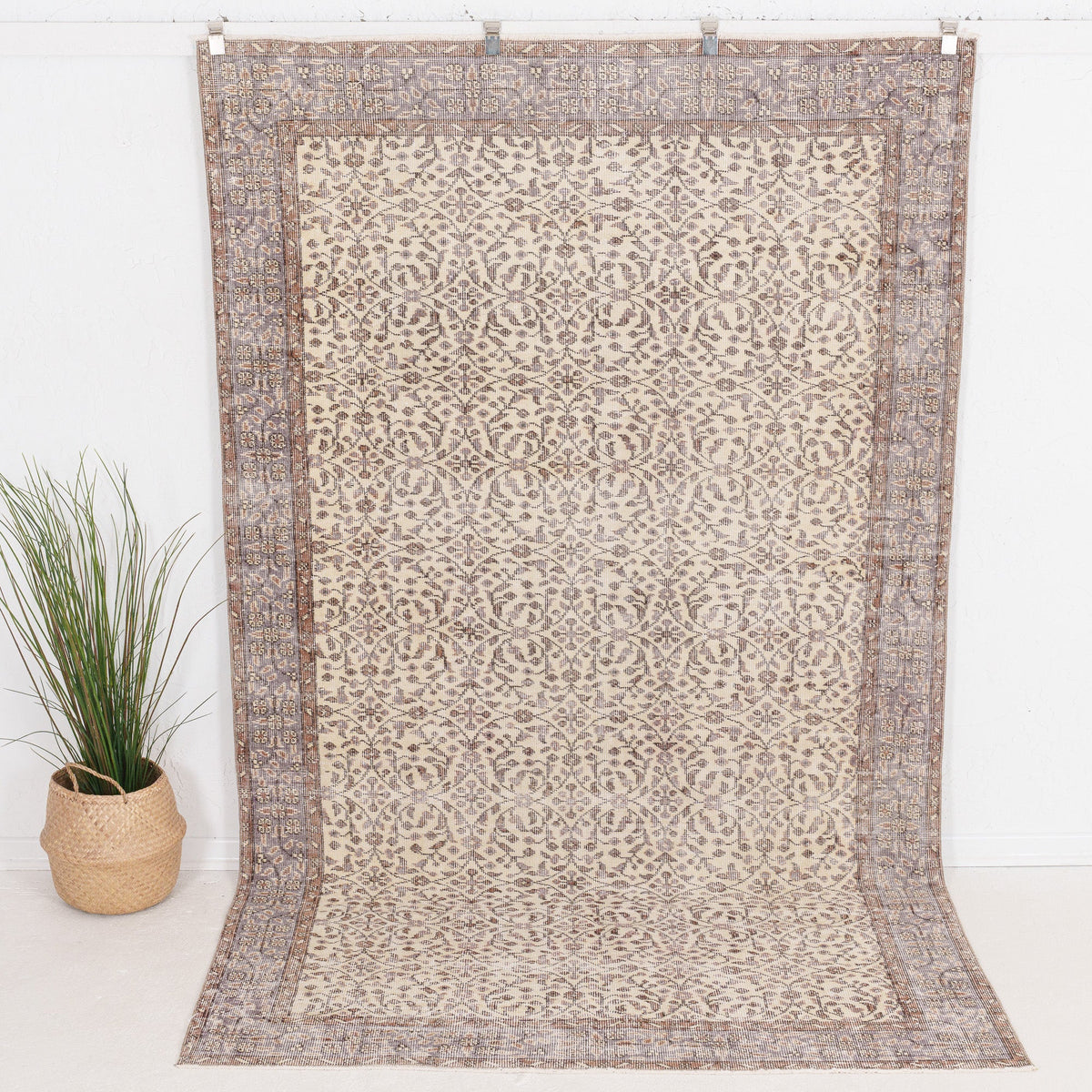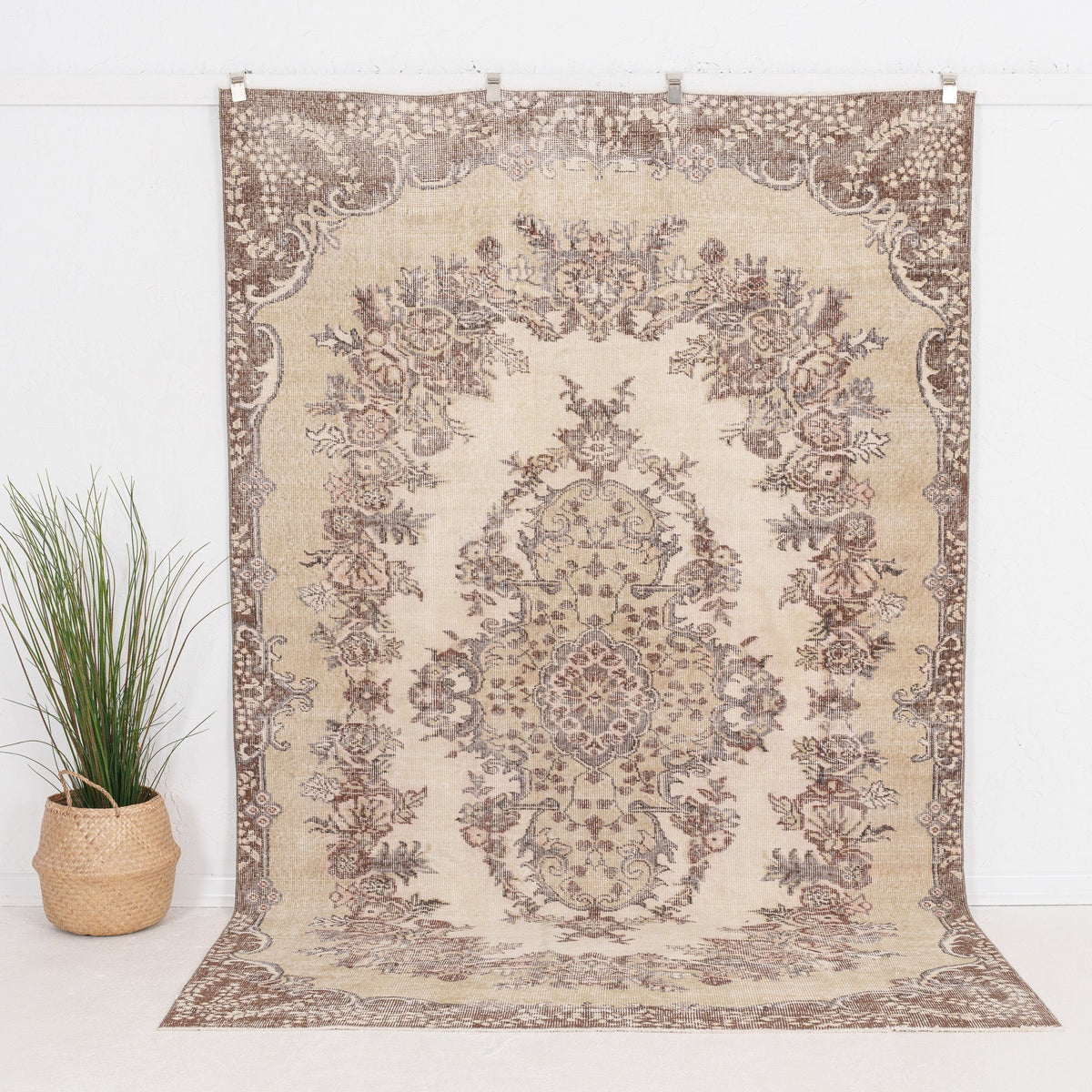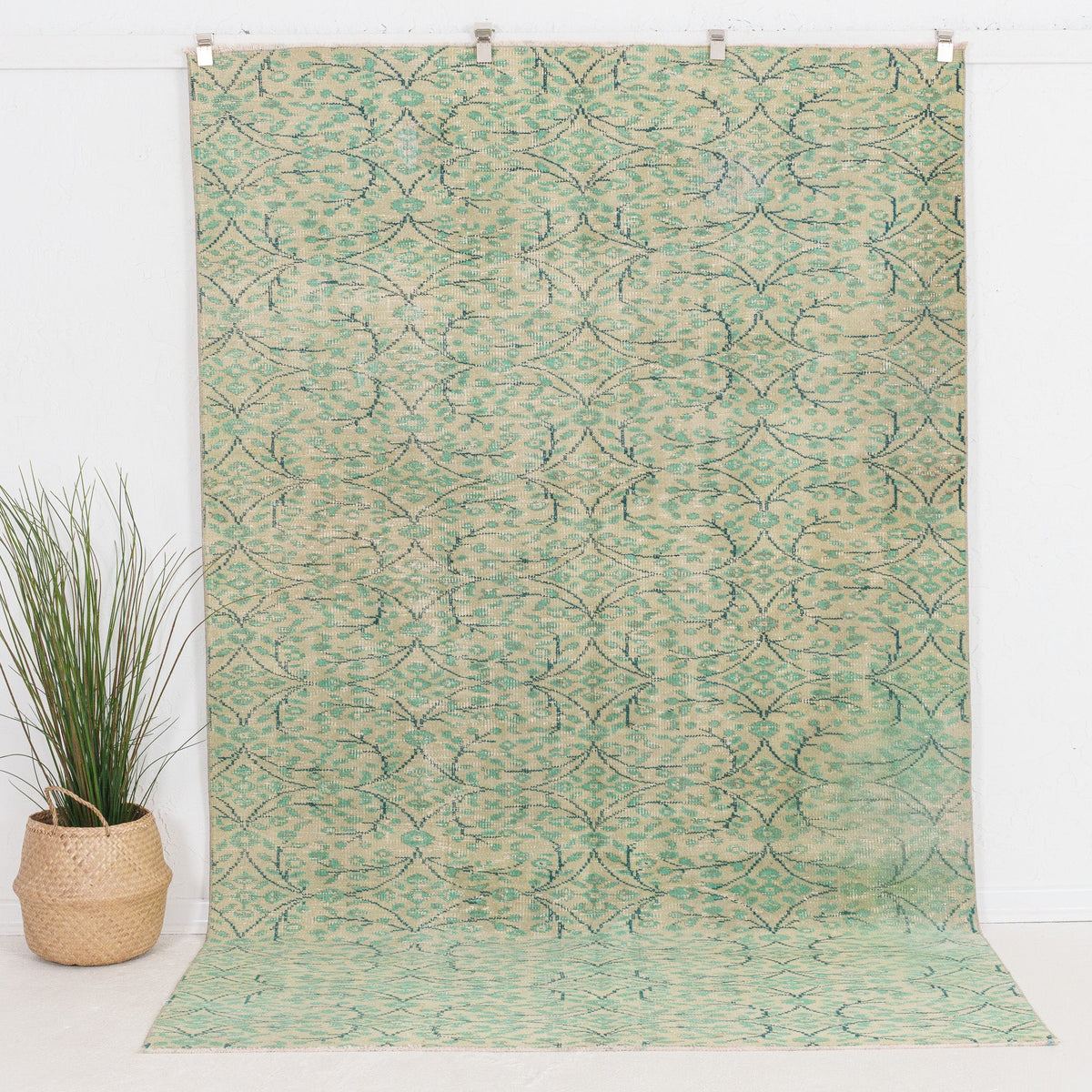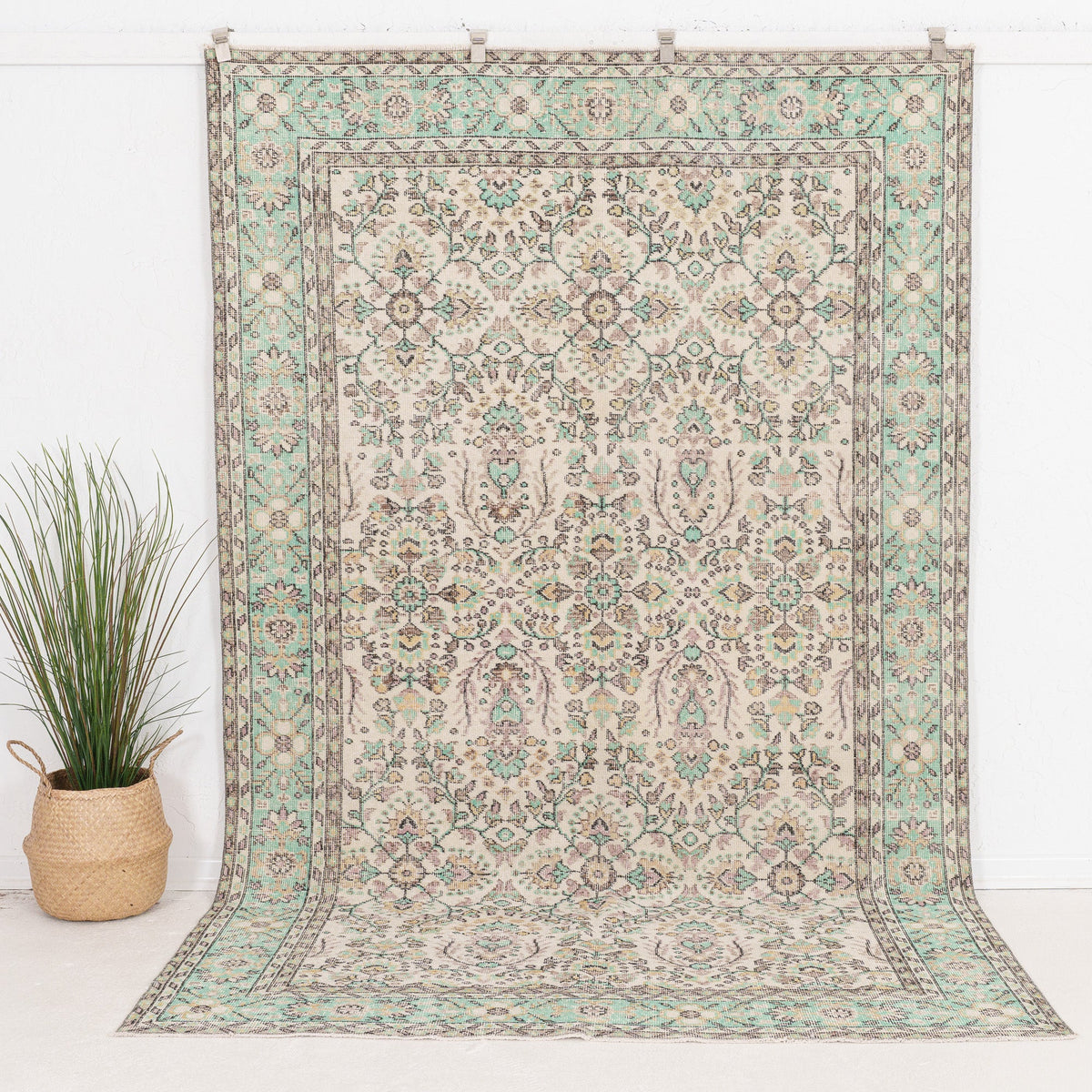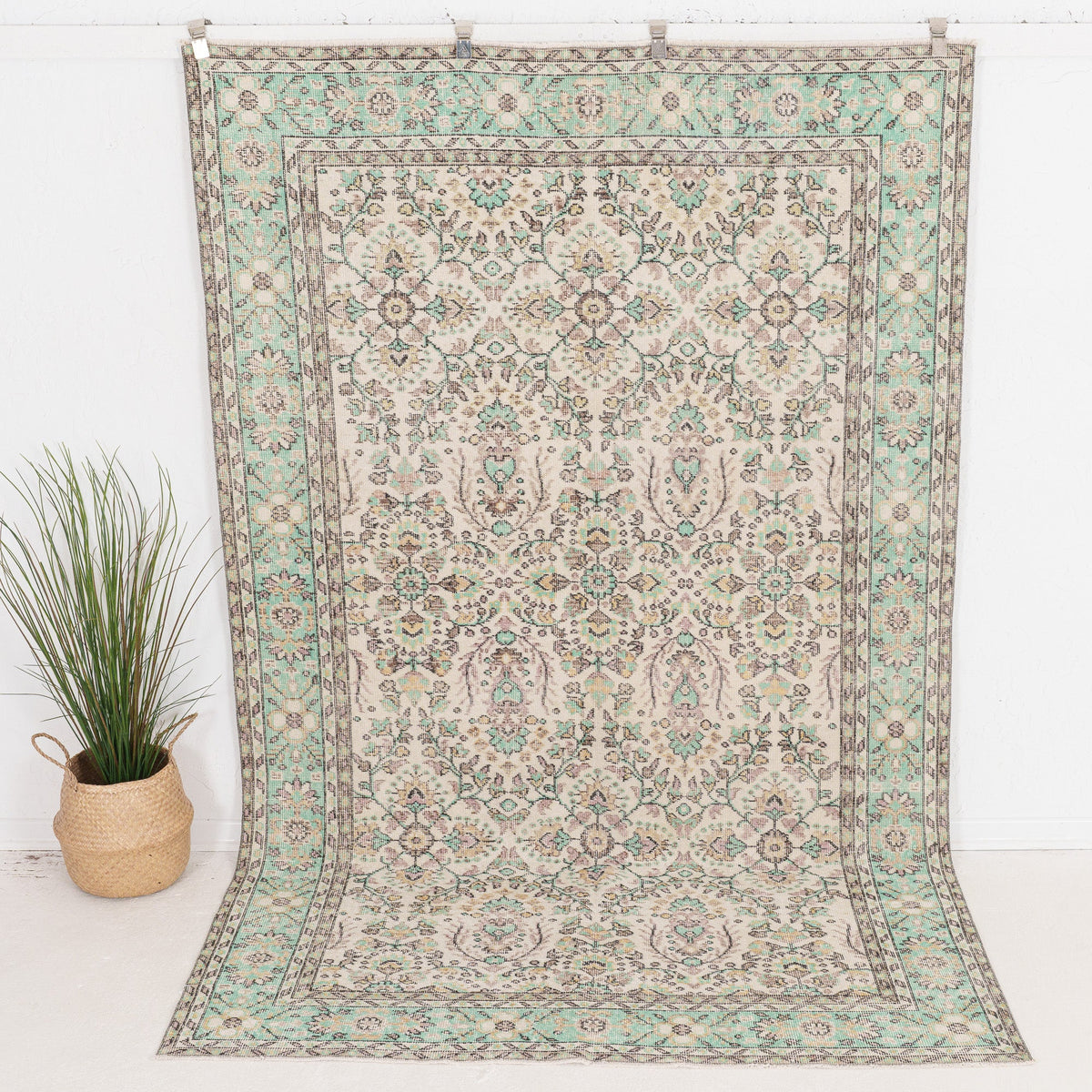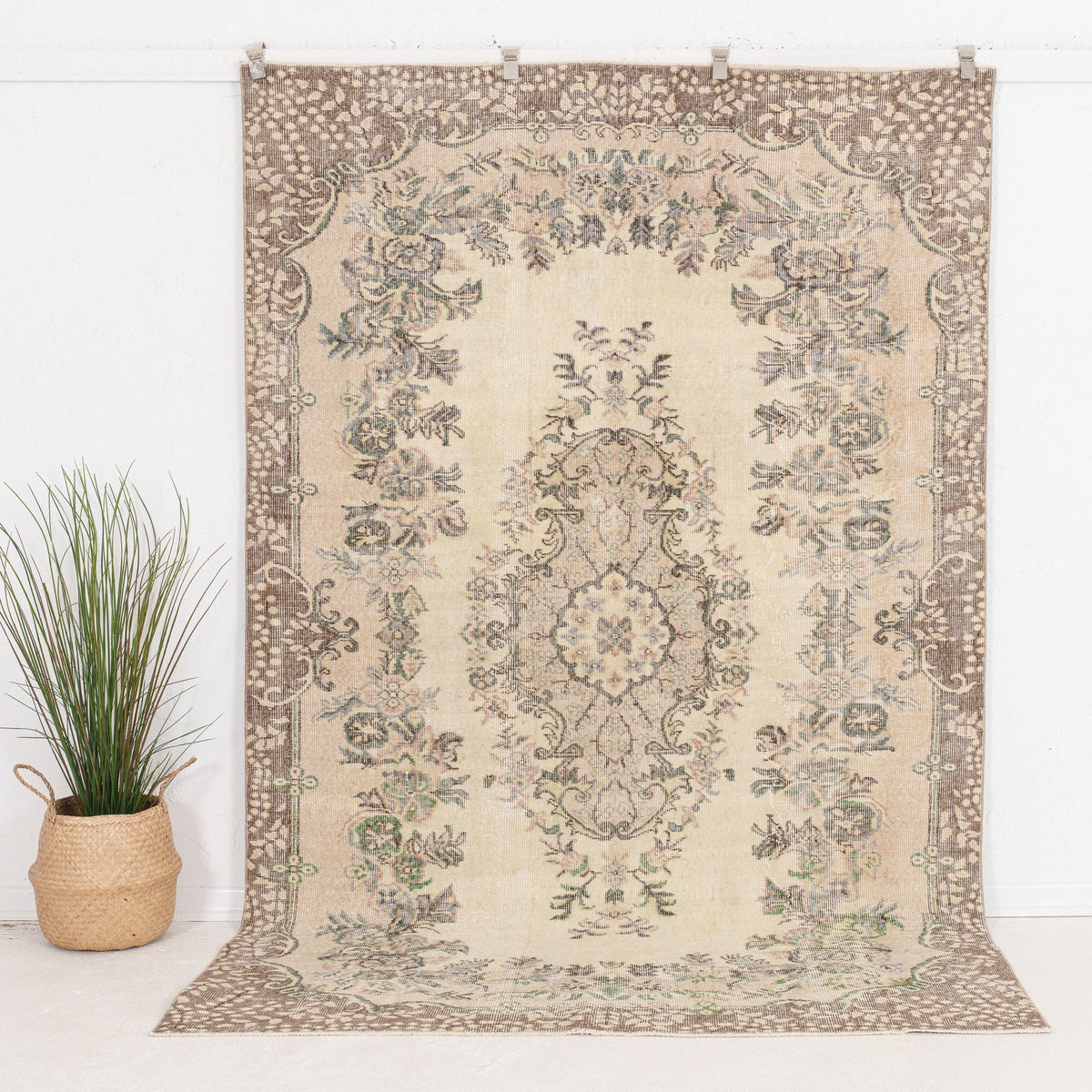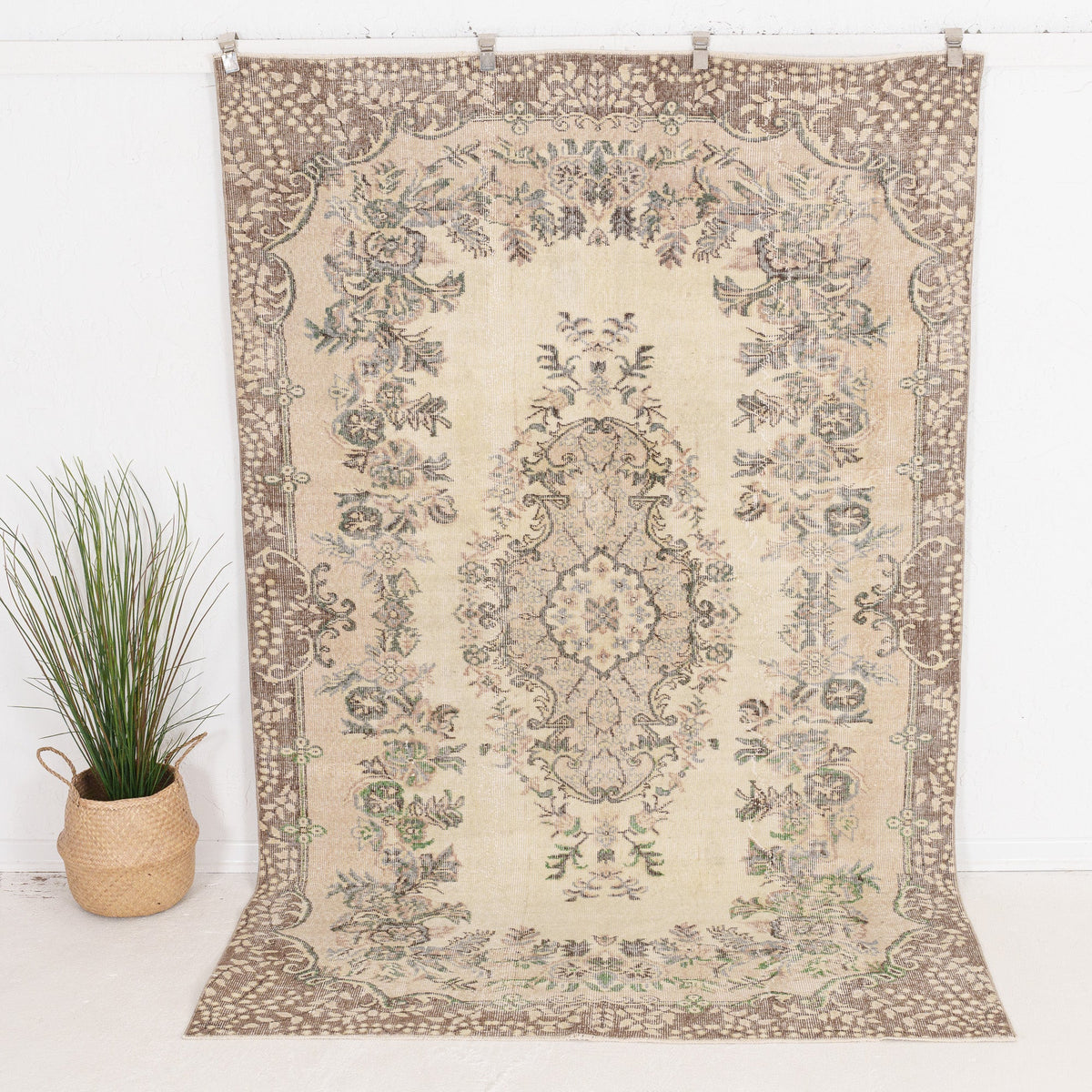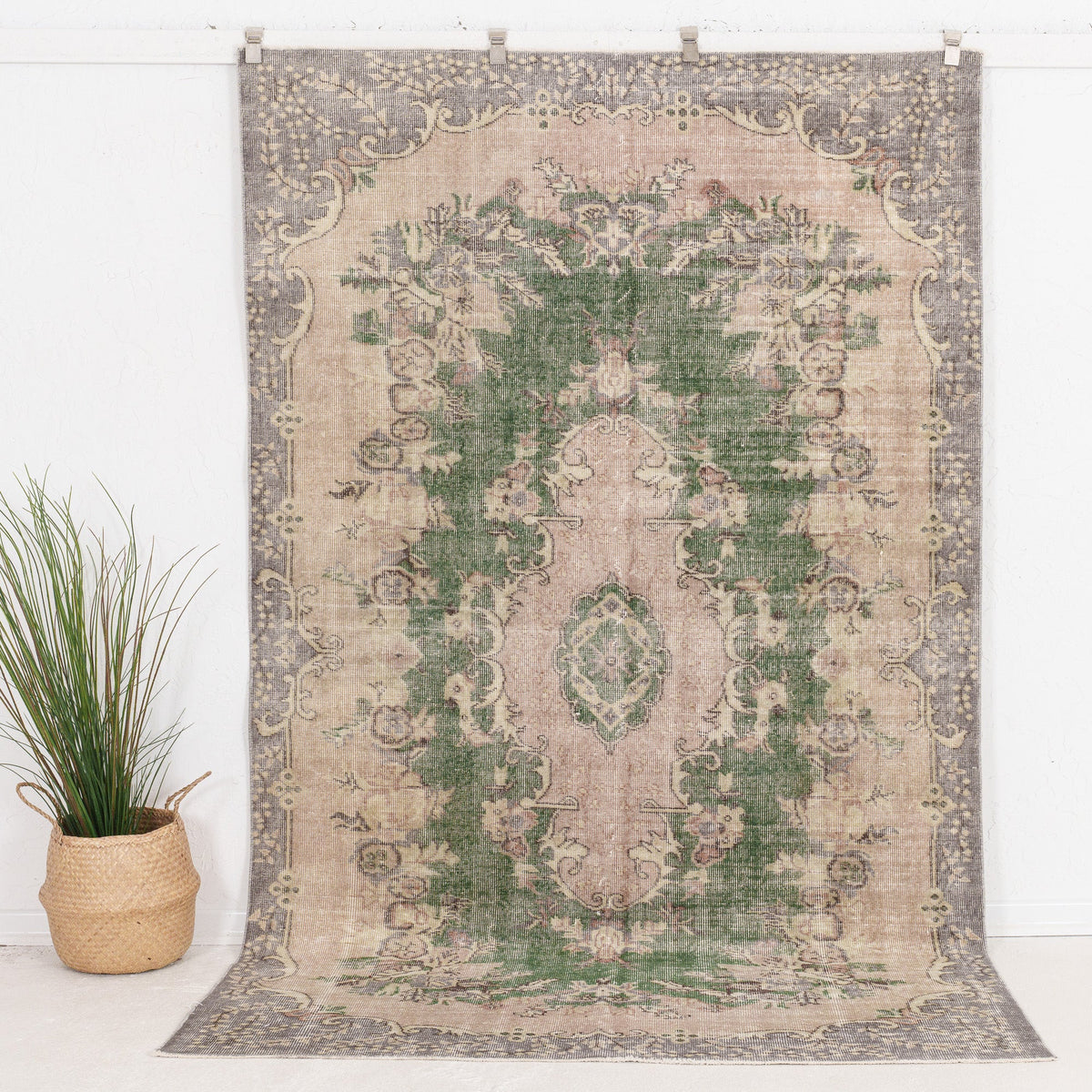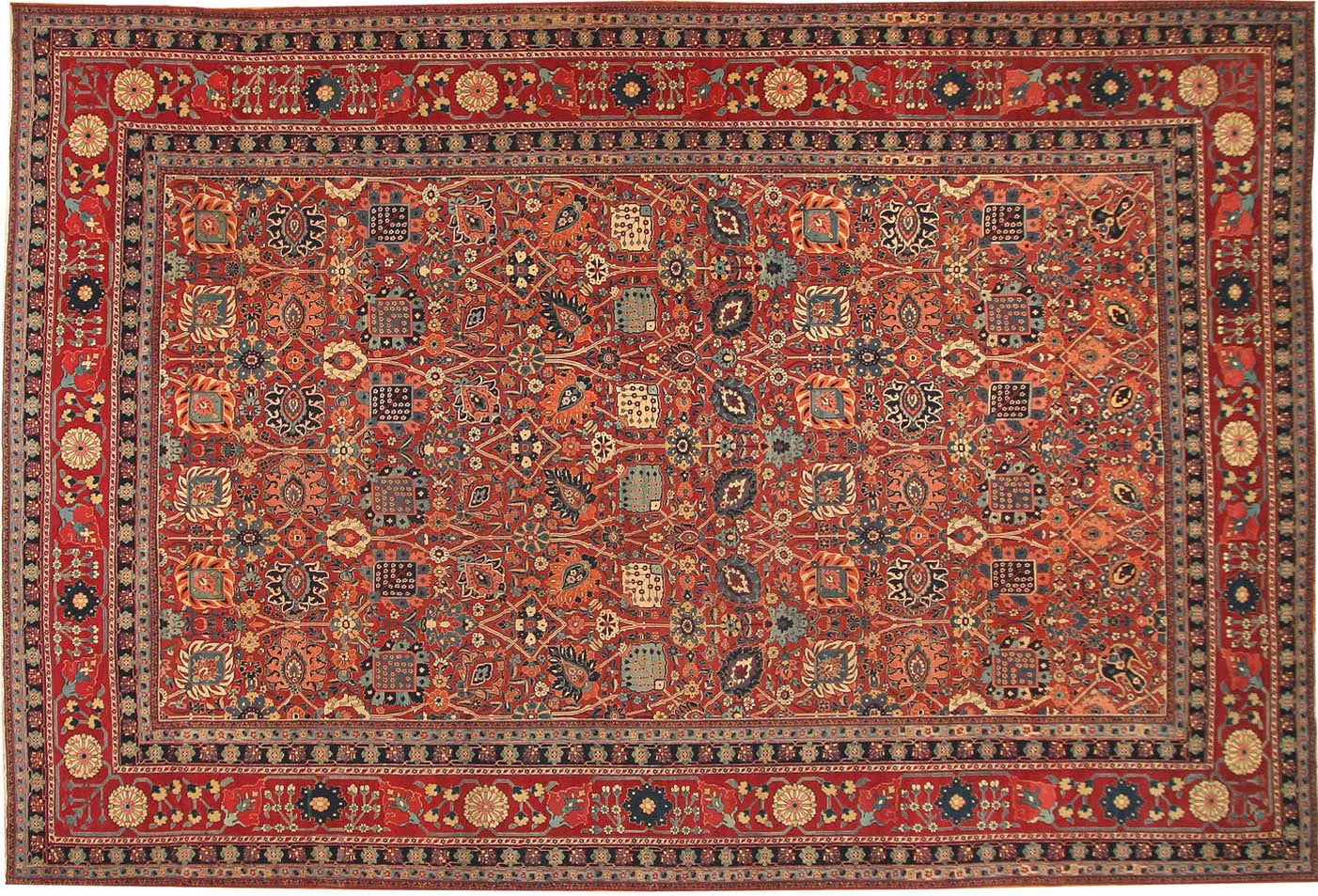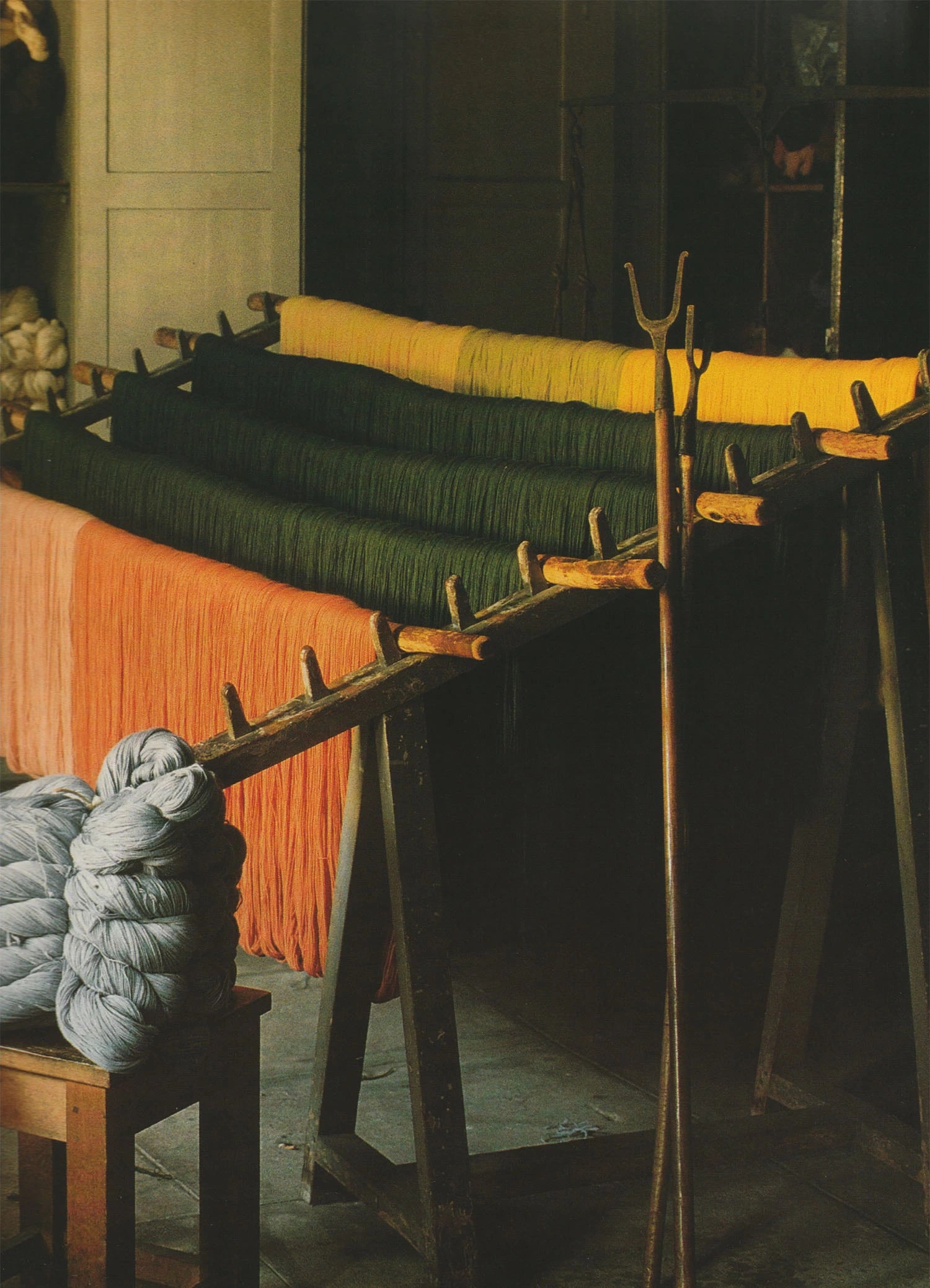Turkey has a prominent presence in art, philosophy, politics, history, and more. Turkish culture has contributed so many things to our society—from Ottoman literature to Turkish coffee when it comes to home decoration and fashion. Turkish rugs or Anatolian carpets are among one of the most commonly typecast to refer to Turkey and Turkish culture. When people think of shopping in Turkey, the first place that probably comes to their mind is The Grand Bazaar. With its maze-like streets that are inundated with people, everyone would love a shopping therapy—slowly walking down the streets with floors that are decorated with handicrafts, Turkish carpets, and numerous things that you probably have never seen or known before.
Buying or shopping for Turkish carpets is something that no first-time visitor to Turkey would want to miss out on. There are so many reasons why Turkish carpets and rugs have such power to make everyone who happens to look at the Turkish carpets and any other Anatolian carpets stop by and admire their artistic and spellbinding Ottoman Turkish design embroidered on them. If you take a casual stroll through some famous streets in Turkey, you would be surprised by the number of tourists and travelers who'd say that they traveled all the way to Turkey just to buy the Turkish carpets and other hand-woven antique items that are worth their time and money. Of all the reasons you'd probably hear, the lustrous material used to make the Turkish carpets and the different types of motifs that come with them.
Motifs are one of the most beautiful and dominant areas in the Ottoman Turkish carpet or any other carpet originating from Turkey or any other Anatolian area. If anything adds more value and uniqueness to Turkish carpets, that is the motif they come with. And not just botanical designs or a floral motif that make Anatolian carpets more beautiful and sumptuous, but the rich history, philosophy, and the parables of many historical events and religious figures. When it comes to Anatolian carpets and the weaving techniques involved in making them, many subtle meanings are not very known to many people. Suppose you are in the pursuit of Oriental carpets, especially Anatolian carpets with mesmerizing floral patterns and geometric motifs. In that case, this blog serves as a perfect resource for you to know more about Turkish carpets and their motifs.

What are Anatolian rugs made of, and why are they so popular?
People often get confused with the terms "Anatolian carpets" and "Turkish Carpets." The simplest explanation is that Turkey is one of the countries that is situated in the Anatolia peninsula or also known as Asia Minor. Antique carpets that have originated in countries such as Turkey, Azerbaijan, and Armenia are considered to be Anatolian carpets and have distinctive features, such as a floral motif, traditional designs, and a wide palette of colours. Moreover, an Anatolian handmade carpet has a rich cultural heritage and historical significance that make it so different from any other Oriental carpet, such as Persian carpets, Afghan carpets, and Pakistani carpets.
Many interesting things are worth mentioning when talking about Anatolian rugs. One such thing is their tribal motifs and geometric patterns. Most importantly, Anatolian rugs are one of the oldest types of Oriental rugs that have been in existence for thousands of years. Ever since the early 13th century, Anatolian weaving has gained prominent importance and value in carpet production. Most carpets that are native to Anatolia are usually made of rich sheep wool coupled with natural dyes. Turkish rugs are undoubtedly expensive and popular for their high-quality raw materials and heavenly texture, remaining the easiest choice for anyone who wants a quality carpet.
Types Of Turkish Rug Motifs And The Story They Tell Us
Every artist and the art they create always has a story that changes the way anyone looks at it. Like any other art, if you know how to interpret the symbols, images, and designs beautifully embroidered on the antique Turkish carpets, a whole new view and perspective penetrate into your mind. Every weaver and artisan who makes a quality Turkish carpet leaves a mysterious message or a story that can only be understood when the user knows how to interpret it.
As one of the most conspicuous elements in any Turkish carpets, motifs mean a lot of things to the carpet weaver and the buyer alike. They are depicted via a row of knots. Generally, motifs in a carpet incorporate designs, scenarios, images, symbols that are well-known to most people who have a good knowledge of art and history. But with Turkish rugs, the concept of motifs is a bit different, and they tell a unique story to whoever owns them. From fetter motif to fertility motif, motifs designed on the Turkish rugs narrate a story that the weaver of that particular carpet or rug wanted to tell you in a way only understood by you with the incorporation of different types of motifs and patterns. There are several motifs, such as dragon motif, star motif, horn motifs, tombstone motif, hips motifs, and snake motif, that add more value to the Turkish carpets. Here are some famous motifs found to mean many different ideas and stories to their users.
Everything You Need To Know About Protective Motifs
It is no news that both the ancient and present-day Turkish and people from the Anatolian peninsula, which includes central Anatolia, western Anatolia, and eastern Anatolia, have always been influenced by mythology and superstition. As carpets are one of the most visible and paramount features of any household, Turkish and other Oriental cultures believe that the best way to protect themselves from black magic and evil spirits is by including protective symbols in their carpets. With the help of artisans from the early 13th century, the ancient people of Turkey started to make clothes and many home decor products such as carpets, murals, and other products that have at least one proactive symbol.

If you are already familiar with the Turkish carpets and their astonishing designs, you would have noticed a wide variety of symbols. For example, some Turkish carpets have a scorpion motif or an arrow motif. This is how they add a protective symbol to their carpets. The scorpion and snake motifs are not the only protective symbol you can find in handmade Turkish and Persian carpets. A wide range of motifs made of a row of knots import a protective symbol in a Turkish carpet. Below are some of the most common protective symbols that can be found in Turkish rug motifs:
The Arrow Motif
As a symbol of protection, Turkish culture strongly believes that decorating household things, such as carpets, floor mats, pillows, bed covers, and more, with the arrow motif, can protect them from the evil eye and negative energy. In a typical Turkish carpet, the arrow motif takes the corner sides and is decorated with colors that are pleasing to the eyes of the viewers. It is a common belief in Turkish culture that when they decorate their homes with carpets with the arrow motif, they are protected from the notorious evil eye and any other supernatural forces.
The Dragon Motif
It is common for people who are from the Orient and Asia Minor to believe in mythological creatures such as dragons, vampires, unicorns, and pegasus. For they believe in supernatural, mythological creatures, the need for paintings, murals, and sculptures that bear a resemblance to some of the most commonly believed mythical creatures seem important. Owing to their ancestors' strong dogmatic beliefs in the dragon as a protective symbol, the usage of the dragon motif in carpets is very common and widely seen.
Moreover, the dragon motif displays certain unique features, such as dragons with beaks, wings, and a lion's feet, that are not seen in any other Oriental carpet. Considering the guardian-like role the dragon motif plays, many people from Asia and other parts of the world are naturally attracted to buying Turkish rugs with the dragon motif. The next time you see a Turkish carpet with the dragon motif, you will understand that it is a protective symbol inspired by ancient Turkish culture.
The Cross Motif
Turkey and Turkish culture are one of the trailblazers of evil eye superstition. Ancient artisans who first developed the idea of carpet and rugs have clearly understood the importance of the motifs that can help people attain peace of mind every time they look at the carpets with the cross motif. As the Ottoman Empire comprised a huge Christian population, especially orthodox Christians, the cross motif played a significant part when it came to designing Turkish carpets.
Even now, it is common to notice millions of Christian households have huge carpets with the cross motif. Turkish Christians believe that the cross motif can divide the evil eye into multiple pieces. This means that whoever keeps a carpet with the cross motif is protected from the evil spirits. This is how religions and superstition took over a considerable percentage of the importance of motifs in the Turkish carpets.
The Scorpion Motif
The scorpion motif can mean many different things in the world of Turkish rug design motifs. Weavers who produce the Turkish carpets believe that weaving carpets with the scorpion motif are a great way to tell the user that they are protected from the sting of a scorpion. And the repeated use of the scorpion motif is considered to be a symbol of protection against any negative energy and black magic. Moreover, the scorpion motif is also used as a symbol of pride and liberty.
The Snake Motif
The snake motif is one of the most commonly used motifs in Turkish carpets. Snakes, especially black snakes, are considered both sacred and evil in many countries and cultures. In Turkish culture, black snakes are used as a symbol of happiness and fertility. When weavers make carpets in Turkey, they would add black snakes in different sizes and styles. Turkish carpets without black snakes and the snake motif are uncommon in Turkey and the central Anatolia region. Some weavers believe that life is a tree, and the black snakes are the guardians of our humanity, protecting us from evil spirits.
Motifs That Symbolize Love, Marriage, And Fertility
It is astounding to know that our ancestors were highly artistic in so many ways. Turkish carpets resonate with art in various disciplines. Not only are the motifs used in the Turkish carpets symbolize pride, liberty, sacred verse, and positivity, but they also serve a great purpose when it comes to symbolizing love, marriage, and fertility. Whenever people sit on the carpets or even just look at them, which portrays happiness, fertility, and marriage, it is natural for them to think of what the symbols mean. This can greatly impact newly married couples who might need more bonding and young men and women who are about to get married. Below are the motifs that are considered the symbols of love, marriage, and fertility.
The Chest Motif
The chest motif in a Turkish carpet symbolizes marriage. With the trousseau chest, in which a young lady holds the material used in the husband's house, the chest motif is used as a symbol to create hope and positivity in the minds of young women who are at the stage of getting married. For people who are looking for a perfect gift that they want to give to their friends or relatives, rugs with the chest motif are the best choice that shows how much you care for them.

The Earring Motif
Like the chest motif, the earring motif also symbolizes marriage. As earrings are among the most commonly gifted in Turkish culture, the earring motif is considered to be the perfect choice for weavers to produce carpets that can serve as a meaningful wedding gift. Every time someone looks at the carpets filled with central medallions with a huge earring motif at the center, it creates an image into the viewers' mind that stimulates the idea of getting married soon, if they are not already married yet.
The Fetter Motif
As the name suggests, a fetter motif is a symbol of connection and bond. The Fetter motif represents the desire to tie a family or lovers together. In Turkey, the fetter motif is called Kostek. Turkish rugs with the fetter motif represent the fact that a family or a marriage needs to be tied together with the chain of love, harmony, and peace. Moreover, the fetter motif is a good sign that whoever buys wants their partner or other family members to know that they care about their relationship. As a symbol of happiness, the fetter motif can mean the continuity of the sacred union.
The Horn Motif
The horn motif or the ram's horn motif is a symbol of fertility, heroism, and power. According to many cultures in the world, a ram horn is used as a wind instrument that men usually blow to convene people together. The horn motif is often used in Turkish rugs as a symbol of fertility, masculinity, power, and heroism. It is believed that women who buy or gift carpets with the horn motif wish for all the qualities as mentioned above in their future husbands.
The Tombstone Motif
For people who are devoted to the religion they are following, the tombstone motif symbolizes that death is not something as grave as everyone thinks it is, but the beginning of whatever the religion they believe in has promised them. The tombstone motif is commonly found in the single niche prayer rug, as it is the best way to remind the person who is praying about death and the day of resurrection.
The Hands On Hips Motif
Several myths and superstitious beliefs try to create an optimistic view into the minds of couples who are trying to have a baby. This is why myths were created. But at some point in the past, things went the wrong way and later turned mythology into a negative philosophy. The hands on hips motif is a very popular and widely used motif in Turkish rugs. It symbolizes a wide range of things—from fertility to hope. It can also mean a mother with a child in her womb and the mother goddess. The cotton thread row of knots bring out the theme of the motif.
The Star Motif
The star motif is an obvious choice when the weavers want to portray a symbol of happiness to the buyers. A star motif doesn't always mean heaven or angels, but in Turkish culture, the star motif is how one symbolizes happiness and prosperity. It is common to find Turkish rugs with the star motif coupled with a cloud, dragon, and phoenix. Some Turkish carpet weavers believe that adding a star motif is how they symbolize the womb and fertility. The beauty is enhanced with finest materials and a field pattern that highlights the message.
The Spike Motif
When it comes to fertility, certain things need to be said in an indirect and abstract way. The spike motif is one of those motifs that have esoteric admirers. Turkish rugs with the spike motif are not as common as other motifs and patterns. However, the spike motif has been an essential part of Turkish rug motifs throughout history. Besides the symbol of happiness and fertility, the spike motif rugs are eye-catching and a great addition to your next home decoration checklist.
The Mosque Motif
Everyone knows Turkey is one of the Islamic countries in the world. Households in Turkey love to buy things, such as carpets, prayer mats, clothes, and decorative wall paintings with a religious symbol or sacred verses that remind them of their religion every time they see them. A mosque is a famous and evident symbol that any Muslim would love to add to their carpets, especially when they want to buy big prayer rugs for their family and friends. The mosque motif is commonly seen used in mosques and other religious places where the usage of the mosque motif is considered appropriate.

The Motifs: The Language Of Timeless Turkish Rugs
Unlike other Oriental rugs such as Persian rugs, Anatolian rugs are popular and celebrated for their deep, meaningful motifs used in the central medallions and corner medallions. Turkish carpets are one of the most important elements of Turkish culture. The carpets that are made in Turkey and other Anatolian regions are second to none when it comes to quality and durability. Turkish rugs have a separate fan base in the world market with carefully sourced, high-quality wool and other raw materials. As opposed to other Oriental rugs that are mostly known for their splendid and sumptuous looking colors and designs, Turkish rugs have a whole lot of history and philosophy that will allow the weavers and the buyers to have an untold connection. Moreover, Turkish rugs are considered the best gifts for multiple occasions.
However, not every rug available on the market labeled as Turkish rug is real and as valuable as you think it is. There are only a few markets globally that manufacture and sell authentic Turkish carpets that last for hundreds of years. Moreover, money spent buying a high-quality, original Turkish rug is considered to be an investment as Turkish rugs have a high resale value. Plus, they can be collected and preserved as Antiques. There's no better option than Turkish rugs for people who want to buy a gift for someone that makes them remember. Knowing the real history and philosophy behind these rugs may greatly differ the next time you come across a Turkish carpet in Turkey or any other country.
Now that you know the different types of motifs and hidden meanings behind them, finding or gifting the real Turkish rug wouldn't be as difficult as you might think. From floral designs to geometric motifs and the right knot count, Turkish rugs are the only Oriental rugs that have fewer competitors when it comes to.

